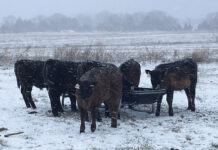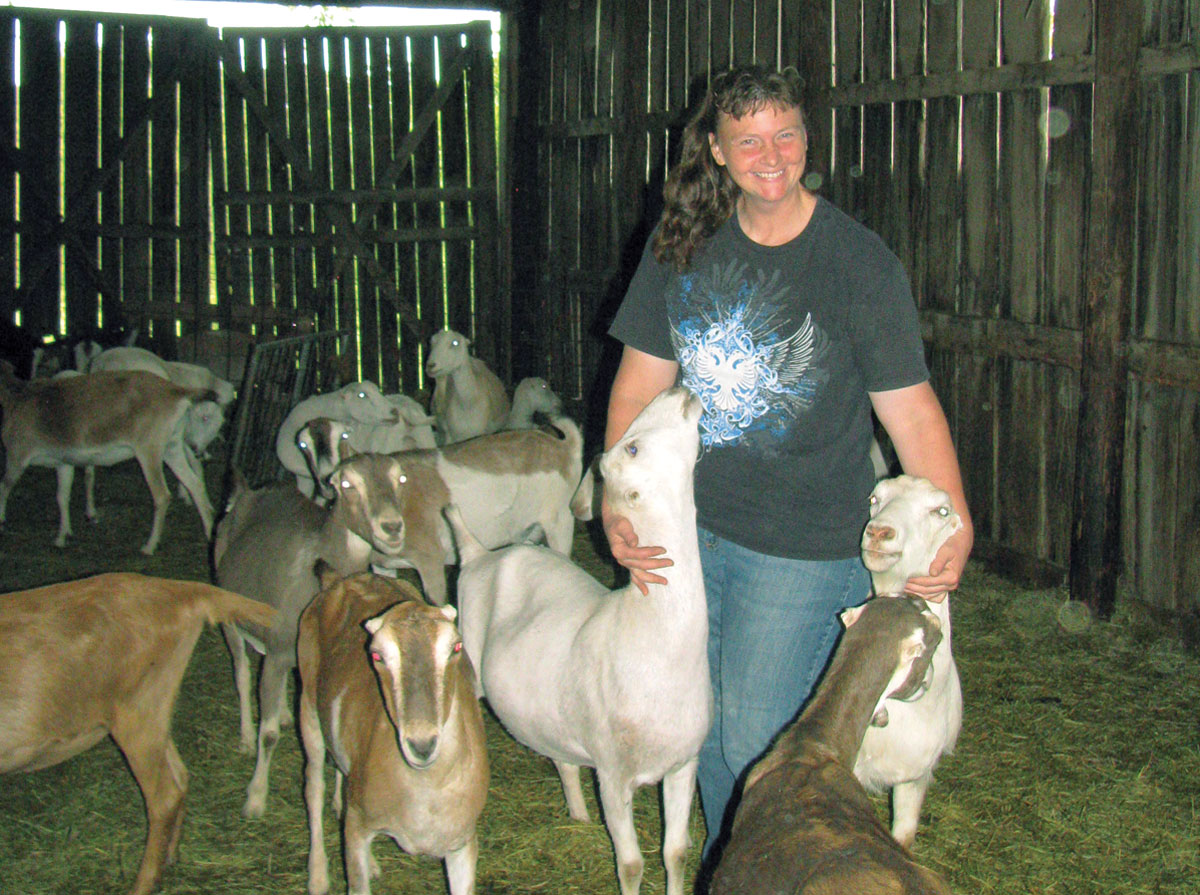Now is the time to think about establishing fall forages. That’s according to Tim Schnakenberg, University of Missouri Extension agronomy specialist for the Southwest Region, who says many pastures and hay fields in the region have not recovered from the droughts of 2011 and ’12. “In many cases we have plant material there, but it’s not necessarily productive plant material,” Schnakenberg told Ozarks Farm & Neighbor.
If the field isn’t doing what you want it to do, your best bet is to eliminate and replace undesirable species in the first two weeks of September. Earlier, Schnakenberg said, is better than later. “If the rains fall right and you can get the crop up, you’ll have a root system developed far enough in advance going into winter that it’ll be healthy and ready to go next spring again pretty easily,” he said. He advised against grazing a newly reseeded field until spring; although you may be able to get away with flash-grazing the field, you have to watch to make sure the cattle aren’t pulling the new grass out by the roots.
The most common way in the region to prepare a field for reseeding is to hay or graze it close late in the summer, then sow the seed with a no-till drill. Another approach is to burn down the field with a product like Gramoxone; that also sets back desirable forages, but allows perennials like fescue to survive and removes competition quickly, and gives the seedlings a head start. The third approach is to kill the entire field with glyphosate; it takes about two weeks to act fully, and then you can start again from scratch.
Some producers have been planting annual brassicas, like turnip and rape, into grasses. Dr. John Jennings, University of Arkansas Extension forage specialist, said they need to be sown before September 15. “Some sort of suppression is important,” Jennings told OFN, “either light disking or using a light rate of herbicide to burn the bermudagrass back. A clean prepared seedbed is ideal, but it’s not necessary in every case. Then, let those forages grow; apply some nitrogen and some fertilizer to make sure they can reach their potential.” He said they can be grazed in October, or allowed to stockpile all the way through to December.
How much pastureland should be stockpiled for winter pasture? Jennings said research shows 25-30 percent works well, but many producers don’t have that many acres available. “We’ve had demonstration projects with as few as 5 acres and as many as 120-130 acres,” he said. “If you can stockpile 10 acres for a herd of 50 cows, in many cases that would get you about two weeks less hay feeding.”
Timing of fall fertilizer applications is also important. “Most people want to wait and wait and wait for a rain,” Jennings said, “but it’s important to get the fertilizer on before the rain, and let the rain carry it in.” He said a producer can fertilize a clipped-off field of bermudagrass in August and grow what amounts to a last hay crop, then start grazing it in October into December; stockpiled fescue is fertilized in early September and allowed to grow through fall, so it can be grazed from December until the end of February.
Stockpiled forage is a big part of the 300-day grazing plan the University of Arkansas Division of Agriculture has been testing at the Experiment Station in Batesville and on cooperator farms. “We’ve occasionally stockpiled bermudagrass, but we always try to manage the bermudagrass for grazing through September and on into October,” Jennings said. “Some years it’ll carry us to the first of November, which is really like a stockpile situation, and then we can go up to the full-grown fescue and after that to the stockpiled fescue for wintertime.”






